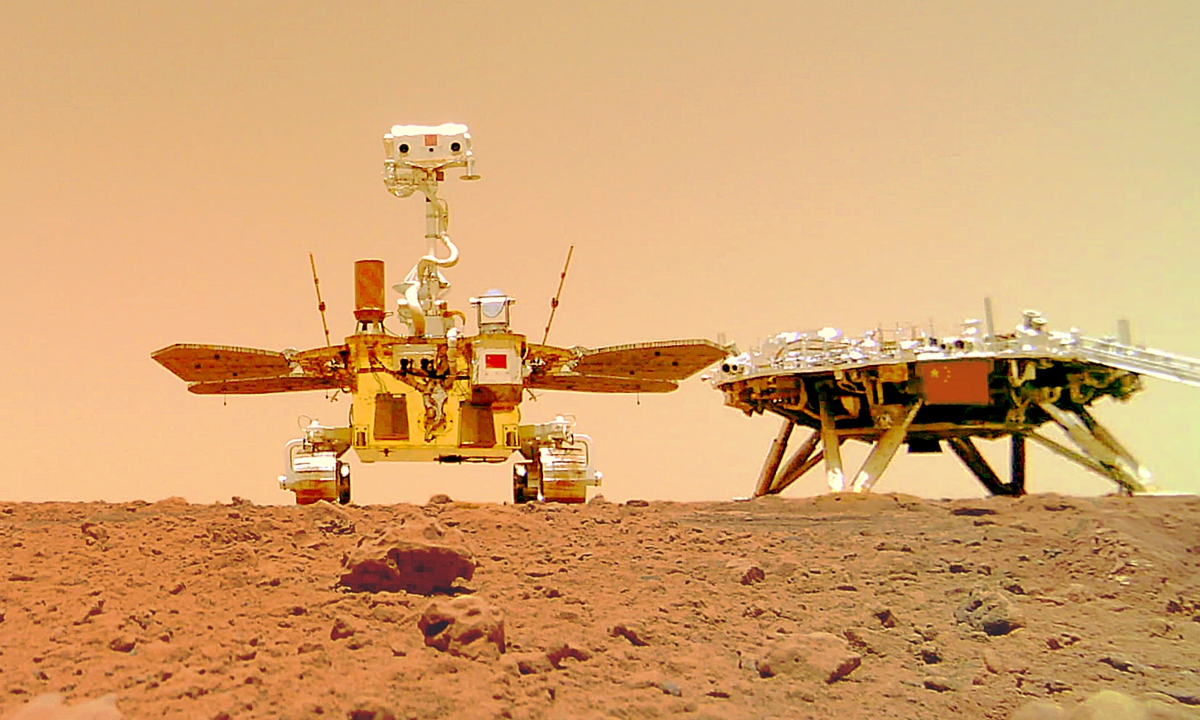The Chinese National Space Administration (CNSA) has established the Tiandu Laboratory to support the country’s growing plans for lunar and interplanetary missions. Few details of the project were revealed. Tiandu will conduct scientific, technological and engineering research focused on large-scale deep space exploration missions. But CNSA said it would support the laboratory in developing large-scale basic scientific research.

CNSA chief Zhang Kejian told Chinadaily that the laboratory will support upcoming lunar missions, the Chinese Planetary Exploration Program, the International Lunar Research Station (ILRS) and plans to create an asteroid defense system. Tiandu is also designed to support international scientific programs.
“The laboratory is open to the whole world, it is an accessible platform. We hope to attract international talents to work in it,” said Wu Weizhen, chief developer of the Chinese lunar exploration program.
Tiandu is located in Hefei, the capital of China’s Anhui Province. The laboratory was opened in February 2022. It is founded jointly with CNSA, the Anhui Provincial Government and the University of Science and Technology of China. It will also have a branch in Beijing.
China’s Future plans for space exploration
The development follows a number of important milestones in Chinese research and is aimed at supporting the overall strategy of turning the Celestial Empire into a comprehensive space power. For example, in 2020, China launched its first independent interplanetary mission, Tianwen-1, and collected the first samples from the Moon in more than 40 years with the Chang’e-5 mission.
The next Chinese lunar missions will be an attempt to return the Chang’e-6 sample and the Chang’e-7 multi-purpose spacecraft project. Both will be aimed at the Moon’s south pole and launched around 2024. The Chang’e-8 mission will focus on the use of renewable resources and technological tests, including 3D printing, which are expected to launch before the end of the decade.
The country’s planetary plans include an operation to return samples from Mars around 2030, a mission to send a probe to the Jupiter system, a mission to return samples from asteroids and a close-up study of the comet. The plans also include a mission to launch a pair of spacecraft to Mars and even to the edge of the Solar System.
Follow us on Twitter to get the most interesting space news in time
https://twitter.com/ust_magazine

